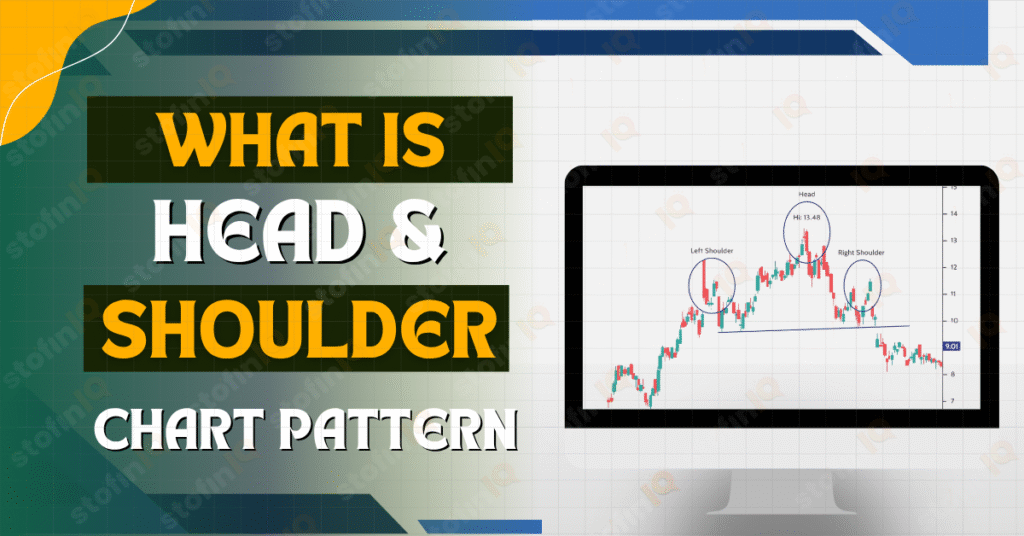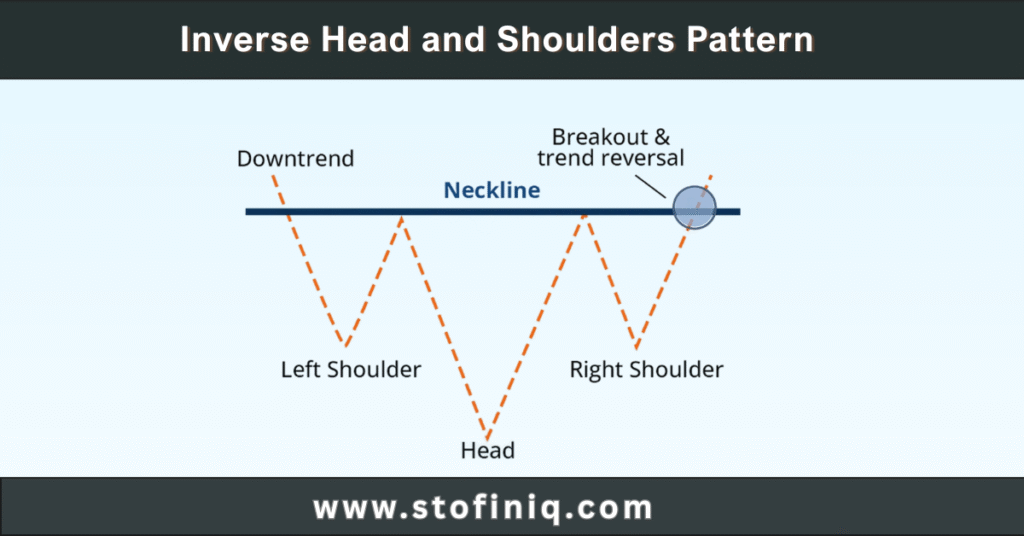
To be a good trader is to have the ability to read market movements with ease. Having a strong foundation in understanding the swing highs and lows can give you a powerful edge. These simple and essential concepts help you identify the trends, the reversals and the best possible entry and exit points for your trades.
If you are new to trading or looking to sharpen your skills, using swing highs and lows will guide you towards steady trading success. This article will help you gain a deeper understanding of swing highs and lows.
Key Takeaways
- High points in the market, called swing highs, often function as resistance areas, while low points, swing lows, act as support for further price action.
- A series of higher highs and higher lows confirms the market is rising, while lower highs and lower lows mean the market is falling.
- Highs and lows can be used by traders to pinpoint when to buy or sell and also to set stop-loss orders while trading with the trend.
- Using swing analysis along with price action patterns, candlestick patterns, moving averages, and trendlines helps traders become more accurate in their trading decisions.
- Identifying and using swing highs and lows helps you track current market trends, limit risks, and decide on your trades wisely.
What Are Swing Highs and Lows?
Let’s have a look at the meaning and definitions of swing highs and lows separately.
Definition of a Swing High
A swing high is an important idea in technical analysis, as it marks the top point on the price chart before the price declines. It occurs when a bar or candle has two lower highs on both sides, making it likely the upward trend has stopped temporarily.
It means that buyers are no longer powerful, which could allow the sellers to direct the price movement. Such a shift can result in a potential correction or downtrend in the market, so traders and investors watch for swing highs.
Many traders watch for swing highs, as they can indicate where resistance might form for the price. Furthermore, spotting these peaks helps traders put stop-losses in place and choose when to open short positions.
Example:
Suppose the price of a stock rises from ₹100 to ₹110 and then falls back to ₹105. The ₹110 point is a swing high, as the upward move halted and reversed.
Definition of a Swing Low
A swing low happens when the market is trading lower. It appears in the price chart as the point where the price falls the most and then turns around and starts going up. Most often, you can observe two higher lows placed on either side, suggesting the possibility of a market change from bearish to bullish.
They are important for traders and analysts, as they usually act as support for the price. Determining a swing low can give traders an idea of where the price might swing upward and the best time to take a long trade.
You should monitor the movement of the market after a swing low has been formed. Once the price breaks above the highest point during the previous rally, it is another sign that the bearish trend has been reversed and the bullish trend has begun. It is also important for volume to confirm these changes. When volume rises as a price rises after a swing low, it could mean there are many buyers involved.
Example:
If a stock falls from ₹120 to ₹110 and then starts rising to ₹115, the ₹110 point becomes a swing low.
By identifying swing highs and lows, traders can map the flow of the market and forecast likely future movements.
The Difference Between Swing Highs and Swing Lows
The main difference between the swing highs and the swing lows is from the perspective of the role they play in the market structure.
The main difference between swing highs and swing lows is
- Swing highs form at the end of an upward price move and suggest a potential area of resistance or selling pressure.
- Swing lows form at the end of a downward move and suggest a potential area of support or buying interest.
Such levels are not only prices — they mean something else is happening in the market. Swing highs tell us that the buyers are not strong enough to counter the sellers, and swing lows mean the sellers are weakening. The concept of swing highs and swing lows is important in technical analysis as it guides traders in locating possible changes in the market. They are known for performing different roles in the way the market is set up.
Swing highs represent the peak of an upward trend, which could mean the buyers have run out of interest and now sellers might control the market. As a result, these peaks can often serve as resistance levels, leading traders to believe that increased selling may hold back the price rise. This price pattern marks a shift in the bullish market mood to one that could start turning bearish.
When the price swings lower and stops, this often means the sellers have backed off, which could lead to buyers being interested. Often, when prices hit these troughs, traders expect prices to rise and help stop any further decline. As swing lows form, it could mean a shift is coming in the market direction, from down to up.
Why Are Swing Highs and Lows Important in Trading?
It is crucial for trend traders to understand where the peak periods and troughs in the trend occur. These points help traders:
- Identify trend direction: Is the pattern of the price going higher or lower?
- Spot reversals: Is the trend losing strength?
- Set entry and exit points: Which place gives me the best chance to earn profit by buying or selling?
- Place stop-loss levels: When should I be more cautious and avoid putting a lot on the line?
Once you master swing highs and lows, you will be able to read trend changes clearly by looking at prices.
How to Recognize Trend Patterns Using Swing Points
The most important use of swing highs and lows in trend trading is to identify whether the market is in an uptrend or a downtrend.
1. Higher Highs and Higher Lows: An Uptrend
In an uptrend, each swing high and low is higher than the previous ones. As a result, the highs and lows in the market are always higher than what came before them.
Example:
- Swing Low: ₹100
- Swing High: ₹110
- Next Swing Low: ₹105
- Next Swing High: ₹115
It proves buyers have the upper hand, and we can expect prices to continue their upward movement, so this situation is supportive for finding good places to buy.
2. Lower Highs and Lower Lows: A Downtrend
A downtrend shows lower swing highs and lower swing lows. Each high is lower than the previous one, and each low is also lower than the previous low.
Example:
- Swing High: ₹120
- Swing Low: ₹110
- Next Swing High: ₹115
- Next Swing Low: ₹105
This pattern shows that sellers dominate the market. It is ideal for traders looking to sell or short-sell.
How to Trade Using Swing Highs and Lows
Once you can identify the trend using swing highs and lows, the next step is to trade with the trend. Here’s how you can do it:
Trading an Uptrend (Higher Highs and Higher Lows)
In an uptrend:
- Wait for the price to form a swing low after making a new swing high.
- Enter a trade when the price starts rising from the swing low.
- Set a stop-loss just below the most recent swing low.
- Target the next expected higher high.
Example:
If a stock makes a swing low at ₹105 and starts climbing again, you may enter a trade at ₹107 and set your stop-loss at ₹104. You can aim for a target near ₹115 or the next swing high.
Trading a Downtrend (Lower Highs and Lower Lows)
In a downtrend:
- Wait for a swing high after a recent swing low.
- Enter a short position when the price starts falling from that swing high.
- Place a stop-loss just above the swing high.
- Target the next lower low.
Example:
If a stock bounces from ₹105 to ₹110 and then shows signs of falling again, you can sell at ₹109, place a stop-loss at ₹112, and aim for a target near ₹100.
Tips to Improve Your Accuracy with Swing Trading
- Use price action and candlestick patterns to confirm swing highs and lows.
- Combine swing analysis with moving averages or trendlines for better confirmation.
- Always respect your stop-loss to protect your capital.
- Don’t chase the trend — wait for a pullback to a swing point before entering.
- Practice on historical charts before using real money.
Understanding how the market spikes up and goes down is a really good way to get better at trading. These price points are important, and they can show you the general direction of a certain market; they also give you a better view of when to buy or sell, and hence, you manage the risk more easily. It does not matter if you are trading stocks, forex or crypto; getting to know what swing highs and lows mean can help you feel more confident and hence make better decisions as a trader.
Always remember trading is not just about guessing what will happen; it is an in-depth analysis and awareness of the market and making choices based on that. By understanding the highest and lowest prices, you get help in figuring out what to do, and you will soon find it easier to trade in a calm and planned way.
Thanks for reading through to the end. I hope you learnt something about swing highs and lows. The effort you put into learning and growth is very admirable. You can improve your learning by reading more articles on StofinIQ has a wealth of information on financial subjects, among them the stock market, mutual funds, cryptocurrencies, and various others. Take the time to broaden your knowledge about all things finance. Best of luck, and I hope your journey as a trader pays off well!
Reference:
I left my engineering job to follow my true passion writing and research. A passionate explorer of words and knowledge, I find joy in diving deep into topics and turning rich, insightful research into compelling, impactful content. Whether it’s storytelling, technical writing, or brand narratives, I believe that the right words can make a real difference.

